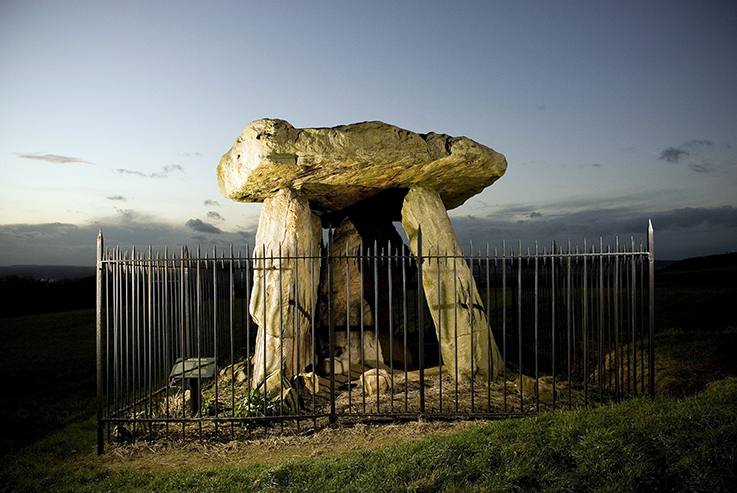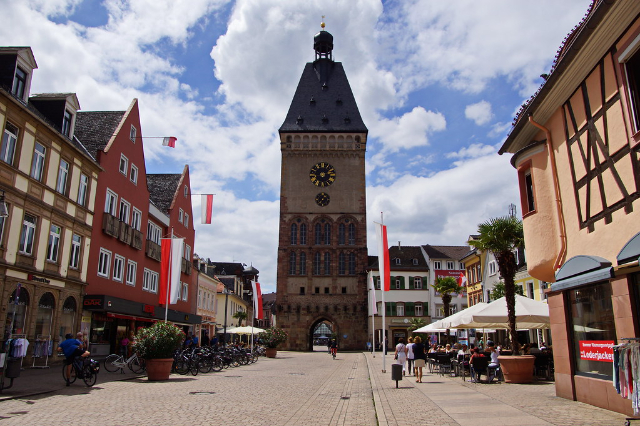The history of Lazise begins in prehistoric times. Findings of pile-dwelling villages along the shores of the lake and in the hamlet of Pacengo (locality Bor) concern the last years of the 1800s, and testify to a human settlement far back in time.
There is no certain information about the Roman period, but the location of the village and several testimonies found in neighboring municipalities suggest a presence in the area even in that period.
The earliest documents confirming the existence of an important lake community are early medieval: these are some canonical diplomas, which speak of land donated to the monastery of San Zeno in Verona, located between Lazise and Colà, and an imperial diploma, at the signature of Otto II (983), which grants the natives of Lazise rights of commerce, ripatica (a tax for the use of the banks of rivers or lakes, for docking vessels or for landing operations, in use in the Middle Ages), and fishing, but above all complete civic autonomy. A reality, this, that makes Lazise the first municipality in Italy, along with Bingen in Germany.
To this period can be traced the construction of the first defensive circle, the only evidence of which is the Bell Tower (now a private funerary chapel), erected in today’s cemetery. In 1077 another emperor-Henry IV-granted the construction of the castle and the complete fortification of the village with a wall: a defensive system that would be expanded and restored by the Scaligeri (witness the plaque on the civic gate known as Porta civica di Cansignorio), and later by the Visconti, when the town became part of the Gardesana (known in the Venetian period as dell’Acqua), a sort of protectorate that included other lake towns, such as Malcesine, Torri del Benaco and Garda .
In 1405, following the wars for the conquest of Veronese territory between Venice and the Carraresi, Lazise followed Verona’s fate and, after a brief conflict, surrendered to the Serenissima, which made it a primary center for traffic and control of the Lake.
The Tezone, now disappeared, for the production of saltpetre, and the Customs House, still visible alongside the old port and a center for the collection and trade of the entire lower lake, date from the Renaissance period. Precisely because of its commercial importance, Lazise found itself at the center of the clashes between the Serenissima and the League of Cambray (1509), a time when the sinking by the Venetians of several ships of the military fleet in front of the town’s harbor can be traced. Later it was sacked by the Lansquenets, who came down for the war between Charles V and Francis I over the Duchy of Milan.
It was not until the 1600s that a period of calm and peace began, which fostered Lazise’s economic and social growth: ancient fishing and riparian privileges were restored, a Guard was established to control duties and trade against smuggling, and villas and rural courts were raised inland by Veronese noble families. With the descent of the French into Italy and the war with Venice, Lazise was occupied by Napoleonic troops, who established a military command. Later, with the Treaty of Campoformio, the territory of Lazise was on the border between the two empires (Austria and France), only to be annexed first to the Kingdom of Italy (1805) and then, with the Restoration, to the Lombardo-Veneto Kingdom (1815).
The submerged galleys.
During the battles between the League of Cambrai and the Serenissima, Lake Garda was the scene of numerous naval clashes. In particular in 1509, given the difficult situation, the Council of Ten ordered the then Captain Zacharia Loredan to abandon Lazise in enemy hands, not before destroying what remained of the military fleet present.
The captain decreed that the galley and the two remaining fuste be taken off Lazise and burned. Only in 1962, thanks to the dives of a group of divers, was it possible to locate the correct position of the submerged ships and proceed with their recovery. For some time already, structures or material belonging to the ships and mute evidence of their existence had been found in the bottom reons (bottom trawl nets).
The team of divers, led by Professor Zorzi worked for five years on cleaning and surveying the only remaining ship (the galley), which turned out to be thirty meters long and six meters wide, with a sailing mast and located about a hundred meters off the mouth of the old harbor.
The boat’s two anchors were also recovered at that time, as well as other material related to the sails. Unfortunately, no sign of the much fabled treasure of the country that it was supposed to carry, but this is more local legend than historical fact.
For years there has been a wait for a final recovery of the remaining structure and its musealization inside the Old Customs House, as always proposed. But at present, for both economic and conservation reasons (indeed, it is feared that open-air display could compromise much of the artifact), the ancient Venetian galley remains in place at the bottom of the lake.
During the First and Second Wars of Independence Lazise found itself at the center of a series of episodes, given its proximity to Peschiera-then an Austrian fortress town-to enter, in 1866, by popular plebiscite, the Kingdom of Italy. Historical events from then on are much quieter. It is interesting to note the transformation that began in the early 1900s, which led the municipality to become an important center of tourism.













